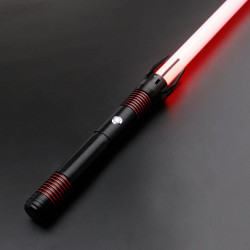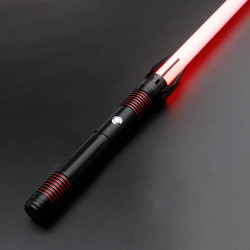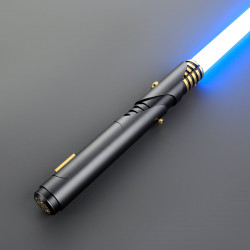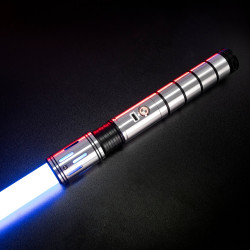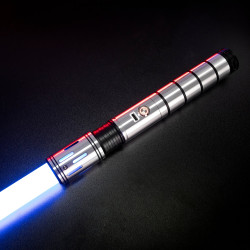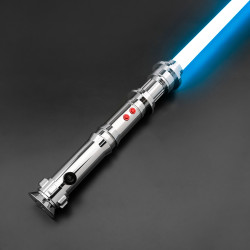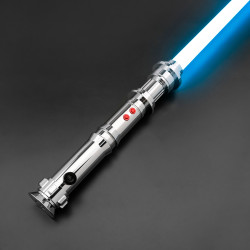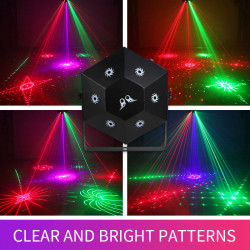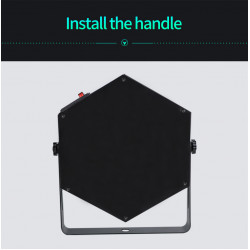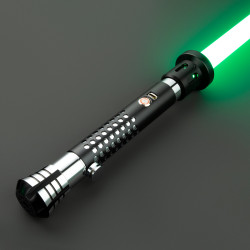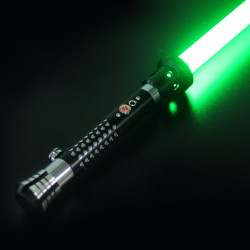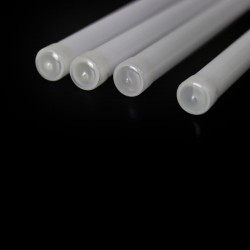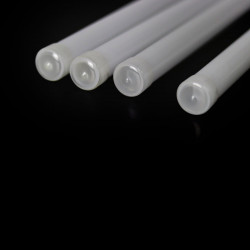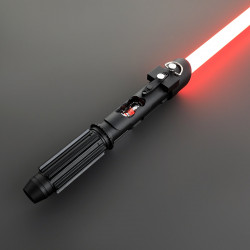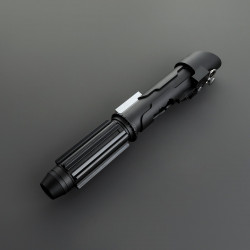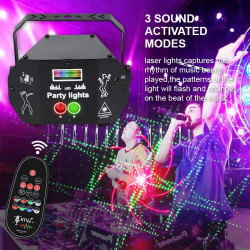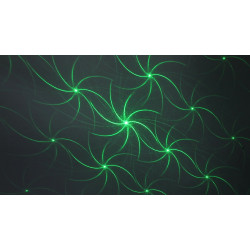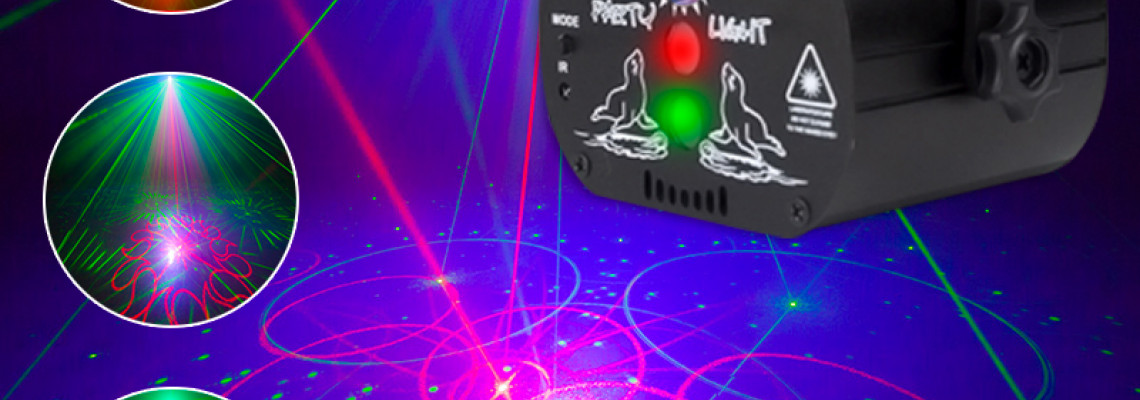
Consumers formerly relied on projectors that used a projector lamp as a light source. However, as technology progressed, new projectors with different types of lighting, such as laser projectors, were introduced.
And if you're not sure what is a laser light projector, this article will help you figure it out. We'll also tell you whether laser projectors are better than LED projectors. We'll also discuss the benefits of each of these projectors, as well as the primary differences between laser and LED projectors, so you can make a more informed selection.
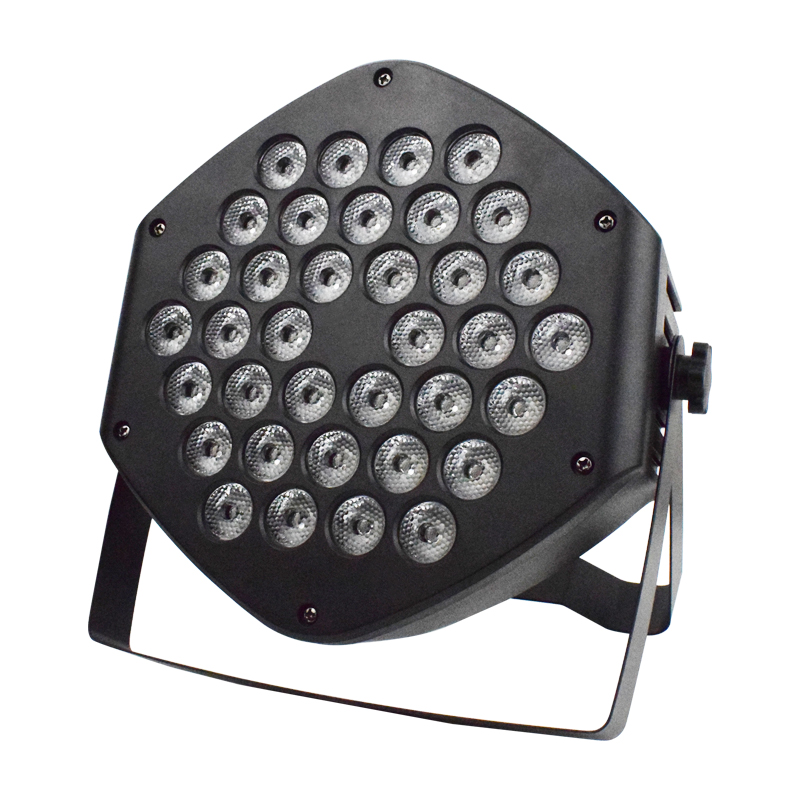
What is a laser light projector?
The projection of an image onto a screen requires a light source for all projectors. There are several methods for accomplishing this, with the most prevalent laser. A long-lasting semiconductor laser replaces the standard projection bulb as the light source in many of our projectors for business and education.
A laser projector is a machine that uses laser beams to show animations and graphics on a screen. In addition to laser sources such as diodes, DPSS, OPSL, or gas lasers from the past, a laser projector must also have galvanometer scanners. As a result, the laser projector's laser light beam can be moved to form laser images on projection surfaces such as walls, ceilings, fog, or haze.
The term "laser projector" can also refer to the laser light itself. Other words used to describe a laser device include laser display, show laser, and even laser show.
What is a LED projector?
LED projectors are a huge step forward from classic projectors. They use a collection of LEDs to generate the light that shines through, or off of, the picture element to project an image, rather than a bulb filled with gas at high pressure.
LED projectors are more energy-efficient, run cooler, have more accurate color, and can last longer without requiring a replacement bulb than classic projectors, making them perfect for use in a commercial setting in many respects. It provides customers with image quality that is second to none. It also eliminates the use of obsolete halogen bulbs for content projection.
How does the laser projector work?
In order to deliver high-quality projections, the laser projector uses mirrors in addition to the laser. By rotating these mirrors at a high frequency, the laser light is used to project one or more lines or shapes.
Simple 2D lines and circles, for example, are possible, but 3D shapes are also possible. The laser projector can display the desired projection on the desired surface by loading in digital drawings. It's also feasible to connect the projector to a PLC and issue projection commands through it.
Returning to the laser in the laser projector, it is a diode that generates laser light with a laser class of 2M or 3R. Because humans close their eyes quickly when exposed to laser light, the laser light of class 2M is safe.
Direct radiation into the eyes is regarded as dangerous with the 3R Class, although reflections should not be considered dangerous under typical circumstances. Users and others in the proximity of the laser projector are unable to stare directly into the laser due to the built-in security.
What are some of the benefits of using a laser light projector?
Better Color And Brightness
Let's begin with the picture quality. The fundamental visual advantage of laser projection is that laser light sources provide superior color accuracy, which is also known as a broader color range. Aside from the colors, laser projectors have higher brightness uniformity and a reduced brightness decline over the projector's lifetime.
Some people think of brightness as a laser projector advantage, but we believe it's about more than that. Light quality is improved using laser projectors. Some models at the very high end of laser projection even include three different light sources, red, green, and blue, implying that the unit generates the color it requires.
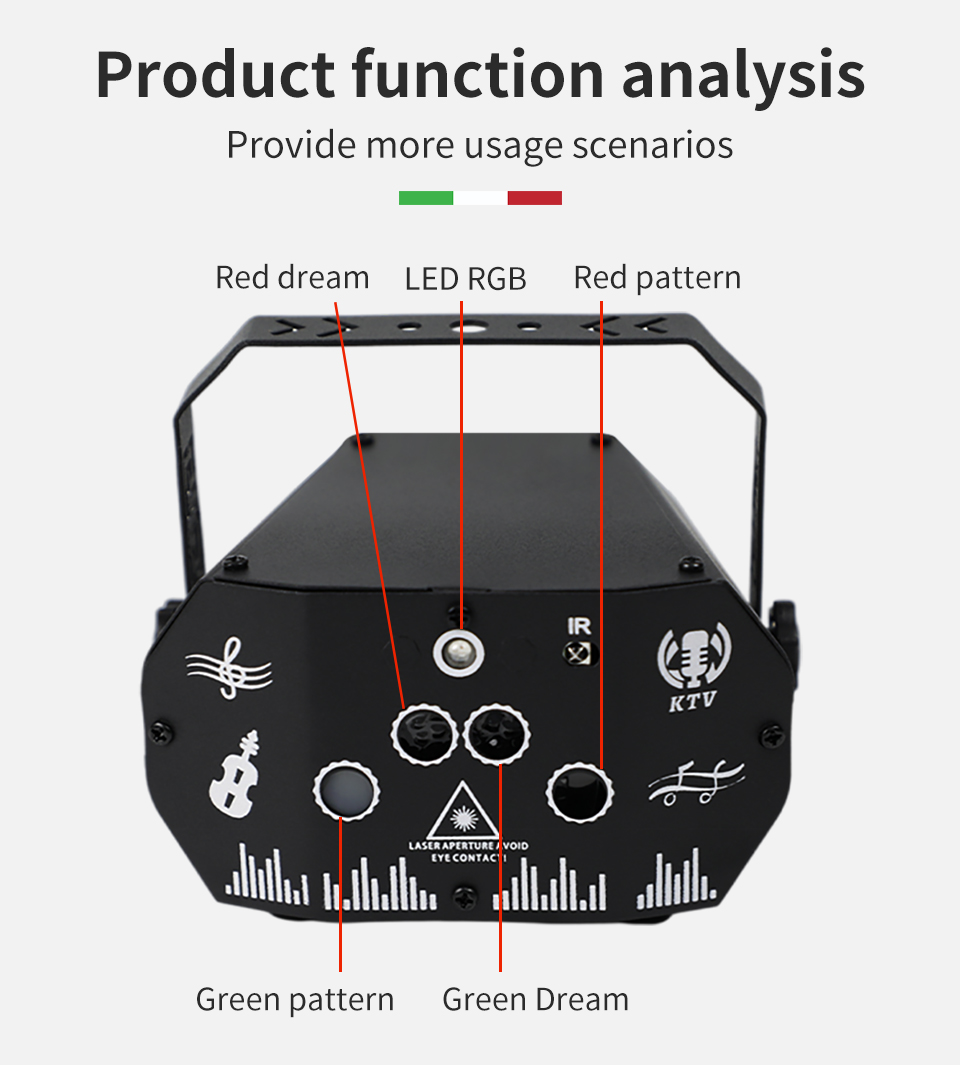
Cost of Maintenance
The cost of a laser projector is undoubtedly higher than that of a traditional projector, which is a major deterrent for many individuals. On the other hand, we see it as a long-term commitment. When comparing the lifetime ownership costs of other projectors, the expense of frequent maintenance and, of course, the cost of replacing lights begins to add up.
Laser projectors, on the other hand, require minimal to no maintenance. These light sources have a lifespan of 20,000 hours before replacing the bulb or any other component is required. Other projectors require regular cleaning and filter replacements as well.
The filter is designed to avoid dust and other debris from interfering with the projector's technology, but it will need to be cleaned on a regular basis to keep it working properly.
That's additional AV engineer time spent on the job and an inconvenient period of downtime that not all projector owners can afford. Therefore, a laser projector is excellent for large auditoriums, boardrooms, or lecture theaters.
Throw Distance
When purchasing a bulb-based projector, the throw distance must be considered. The distance that separates the projector lens from the screen is known as the throw. Where the projector is placed in a room is determined by the size of the picture projected onto the screen. Make sure this distance is calculated accurately if you plan to hang the projector from the ceiling.
Many laser projectors on the market, on the other hand, have a very short throw. These projectors can be used in almost any room, regardless of their size. They're meant to be put on a table, close to the television. Some ultra-short-throw projectors, for example, can display a 120-inch image from just eight inches away.
Energy Efficiency
Traditional bulb-based projectors use a two-step procedure to create images. The bulb first produces a bright, white light. This light is focused on an LCD or DLP panel, which manipulates it to create the images we see on the screen. The LCD/DLP panel is in charge of producing the colors we see.
As a result, the bulb produces white light regardless of the colors displayed on the screen, wasting a lot of energy. Bulb-based projectors also require fans to keep everything cool because the bulbs get very hot.
As a result, more energy is used. On the other hand, Lasers only provide the color required to produce the image. As a result, laser projectors use far less energy while delivering superior image clarity, brightness, and contrast.

Diverse
In terms of color range, laser lights have one of the biggest advantages. The color temperature of laser light is in the range of 5,500 K to 6,000 K, which puts it in the same range as natural daylight (approximately 6,500 K).
The amount of lumens created by the two headlamp types is another contrast in the LED vs. laser debate that favors the latter. LED headlights typically produce just 100 lumens per watt, whereas laser lights provide 170 lumens per watt. Of course, the actual characteristics of each light will vary, but these are common statistics to expect.
Stylish
Laser lights are compact and adaptable in terms of design when it comes to shape and packaging. This enables automakers to create laser lights that are most suited to each automobile model's design. If laser lights actually become the headlights of tomorrow's cars, the design of the light will most likely be one of the most important aspects of the vehicle's aesthetic appeal.
What are some of the benefits of an LED projector?
Office Purpose
LED projectors might be your best workplace coworker because they allow you to take them with you to practice presentations before going into meetings. Perhaps you'd like to read more about the finest portable projector for PowerPoint presentations. Getting some practice using your projector can help you gain confidence and feel more at ease when presenting your data in meetings.
Portability
The world is heading toward a wireless future, and these LED projectors are helping to pave the way. Because of their portability, these wireless LED projectors are in high demand. The future of technology depends on removing wires and substantially boxed projectors in favor of more portable and efficient projectors.
Watching Video On A Big Screen
Reliving experiences on television, such as a wedding or family videos, has become obsolete in recent years. Why compromise for a smaller screen when you can project the same content onto a large screen with LED projectors?
When it comes to watching movies, you don't have to confine yourself to a smaller screen. Using these LED projectors to create a theater-like experience will allow you to enjoy the moment rather than just observe it.
High Functionality With Additional Services
These LED projectors have an Android operating system built-in. As a result, you'll be able to use Android apps on the device. These Android apps include YouTube, Miracast, and other video streaming apps that allow users to watch TV shows, movies, and other video material on the go. The versatility of these LED projectors is astounding and limitless.
Gaming
These cost-effective LED projectors are capable of enhancing your gaming experience. Take these pocket-sized, low-cost devices with you wherever you go. Connect your console to the projector via the ports and enjoy a world-class gaming experience. Say farewell to big TVs and instead invest in an LED projector so you can play games like a king.
Is laser projector better than LED?
To know whether laser projectors are better than LED, we have to look at the major difference between both the projectors to know which projector wins the race. So let's see the main differences between these two.
Light Source
The light source is the main distinction between a laser projector and an LED projector. Laser projectors use a solid-state laser as their light source, whereas LED projectors use a light-emitting diode.
These two light sources have a longer lifespan than typical projector bulbs, which is why they are becoming increasingly popular. Their low power usage has also been given a lot of thought. Laser projectors are more expensive than LED projectors since they are a newer technology; however, the price has decreased as the laser technology advances.
Coherence
The "cheese-puff" look and the low focus and brightness with distance are caused by LEDs' incoherent light. Because lasers emit coherent light, the focus and brightness do not diminish as the distance between them grows.
Brightness
Both LED lamps and lasers are environmentally beneficial in terms of longevity and power consumption. However, because the brightness of an LED lamp is limited, they vary in brightness. In order to boost brightness, LED projectors sometimes sacrifice color rendition.
On the other hand, laser projectors can produce images that are brighter, sharper, and have more colors. Furthermore, because laser projectors are good at rejecting ambient light, they can give clear images even in daylight.
Colors
A single laser beam emits a single hue of light, whereas LEDs can display thousands. If there are multiple wavelength lasers in the light, lasers can emit more than one color. Furthermore, the single color emitted by a laser beam will be brighter and more focused than the dozens of colors that LEDs can produce.
Functions
LEDs are monochrome, but there are millions of hues to pick from, which can be altered via Bluetooth or WiFi-connected software. Color-changing LEDs and LEDs with flickering or flashing effects are also available. Lasers are usually only one or two colors, but their coherence allows them to produce patterns or even images, such as a dancing Santa or a cheery snowman.
Environmentally Friendly
The laser projector is the most environmentally friendly and energy-saving choice available. It consumes relatively little power, so you won't have to pay a lot for it. On the other hand, LED projectors are subpar in this regard; they generate a big deal of heat and require a great deal of energy to function correctly.
These advantages make the laser projector an excellent choice for any company trying to cut money while still delivering high-quality presentations while minimizing environmental impact.
Conclusion
The only disadvantage of laser projectors is their high cost, which is steadily decreasing. If you can afford it, laser projectors offer far too many advantages to ignore. Laser projectors should be considered if you have the budget for them.
We believe that we have provided you with all the necessary information to answer the question, "is laser projector better than LED?" Keep in mind that each of these projectors is unique and designed for a certain use.
